Which of the following diagram represents of ATP synthesis in mitochondria through chemiosmosis -
I.M = Inner membrane
M = Matrix
O.C = Outer Chamber




The correct Answer is:C
To determine which diagram represents ATP synthesis in mitochondria through chemiosmosis, we need to understand the process of ATP synthesis and the role of the mitochondrial structures involved.
1. Identify the Components:
- The inner membrane (I.M) of the mitochondria is where ATP synthesis occurs.
- The mitochondrial matrix (M) is the space inside the inner membrane.
- The outer chamber (O.C) is the space between the inner and outer membranes.
2. Understand the Process of Chemiosmosis:
- During cellular respiration, electrons are transferred through the electron transport chain located in the inner membrane.
- This electron flow causes protons (H+) to be pumped from the mitochondrial matrix into the outer chamber, creating a proton gradient.
3. Proton Motive Force:
- The accumulation of protons in the outer chamber generates a proton motive force (PMF).
- Protons flow back into the matrix through ATP synthase (the complex responsible for ATP synthesis), which is also located in the inner membrane.
4. ATP Synthesis:
- As protons flow through ATP synthase, the energy from this movement is used to convert ADP and inorganic phosphate into ATP.
5. Analyze the Diagrams:
- Look for a diagram that shows:
- Protons being pumped from the matrix to the outer chamber.
- Protons flowing back into the matrix through ATP synthase.
- The formation of ATP from ADP and inorganic phosphate.
6. Select the Correct Diagram:
- Based on the description, the diagram that shows protons moving from the outer chamber back into the matrix through ATP synthase and depicts the synthesis of ATP is the correct representation of chemiosmosis in mitochondria.
Conclusion:
The correct diagram that represents ATP synthesis in mitochondria through chemiosmosis is Option 3, as it accurately depicts the flow of protons and the generation of ATP.
---
- The inner membrane (I.M) of the mitochondria is where ATP synthesis occurs.
- The mitochondrial matrix (M) is the space inside the inner membrane.
- The outer chamber (O.C) is the space between the inner and outer membranes.
- During cellular respiration, electrons are transferred through the electron transport chain located in the inner membrane.
- This electron flow causes protons (H+) to be pumped from the mitochondrial matrix into the outer chamber, creating a proton gradient.
- The accumulation of protons in the outer chamber generates a proton motive force (PMF).
- Protons flow back into the matrix through ATP synthase (the complex responsible for ATP synthesis), which is also located in the inner membrane.
- As protons flow through ATP synthase, the energy from this movement is used to convert ADP and inorganic phosphate into ATP.
- Look for a diagram that shows:
- Protons being pumped from the matrix to the outer chamber.
- Protons flowing back into the matrix through ATP synthase.
- The formation of ATP from ADP and inorganic phosphate.
- Based on the description, the diagram that shows protons moving from the outer chamber back into the matrix through ATP synthase and depicts the synthesis of ATP is the correct representation of chemiosmosis in mitochondria.
The correct diagram that represents ATP synthesis in mitochondria through chemiosmosis is Option 3, as it accurately depicts the flow of protons and the generation of ATP.
Similar Questions
Knowledge Check
- Question 1 - Select One
Which of the following equations represent S.H.M. ?
Ay=2sin(ωt+30∘)By=2cos(ωt−30∘)Cy=2sinωt+3cosωtDy=2sinωt.cosωt - Question 2 - Select One
Which of the following diagrams correctly represents the ray of light passing through the optical centre?
A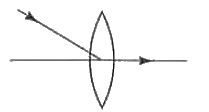 B
B C
C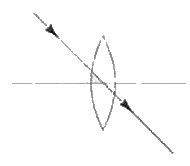 D
D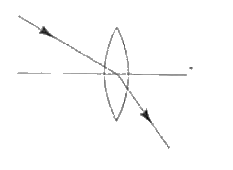
- Question 3 - Select One
Which of the following components are not present in RBC of mammals?
(i) Nucleus
(ii) Mitochondria
(iii) Plasma membrane
(iv) RibosomesA(i), (ii)B(i), (ii), (iii)C(i), (ii), (iv)D(i), (iv)
Observe the given figure of ATP sysnthesis through chemiosmosis and arrange the followign events in correct sequence
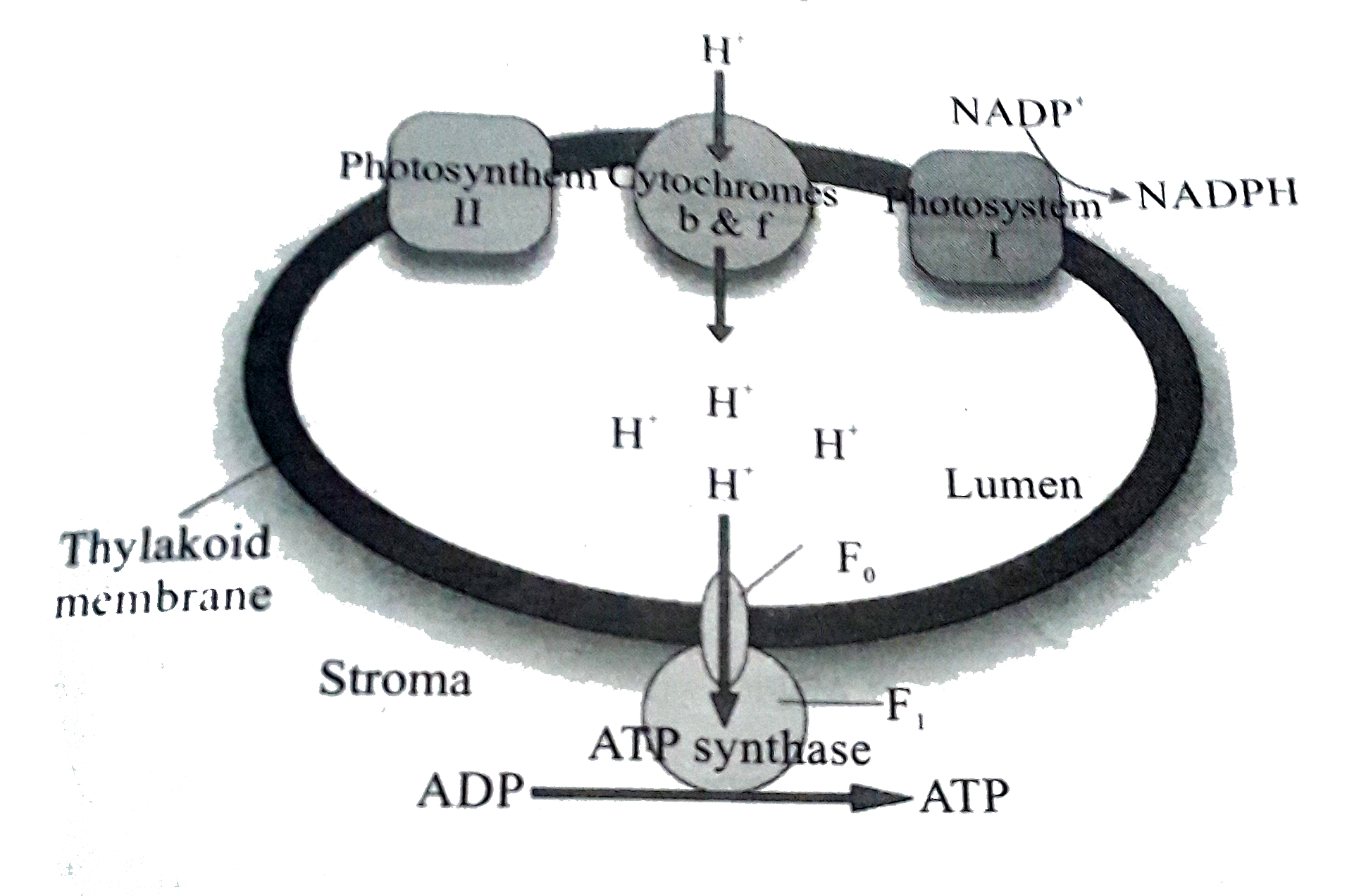
(a) Movement of e− through H-carrier ltBrgt (b) Shifting of protons from stroma to Lumen ltBrgt (c) Facilitated diffusion of protons across the membrane
(d) Conformation change in the F1 particle of the ATPase
(e) Formation of ATP moleculeView SolutionWhich of the following characteristics is/are found in both chloroplasts and mitochondria ?
(a) Contains DNA
(b) Have membranes
(c) Reproduce by binary fissionView SolutionIn the following diagram, which particle has highest e/m value ?
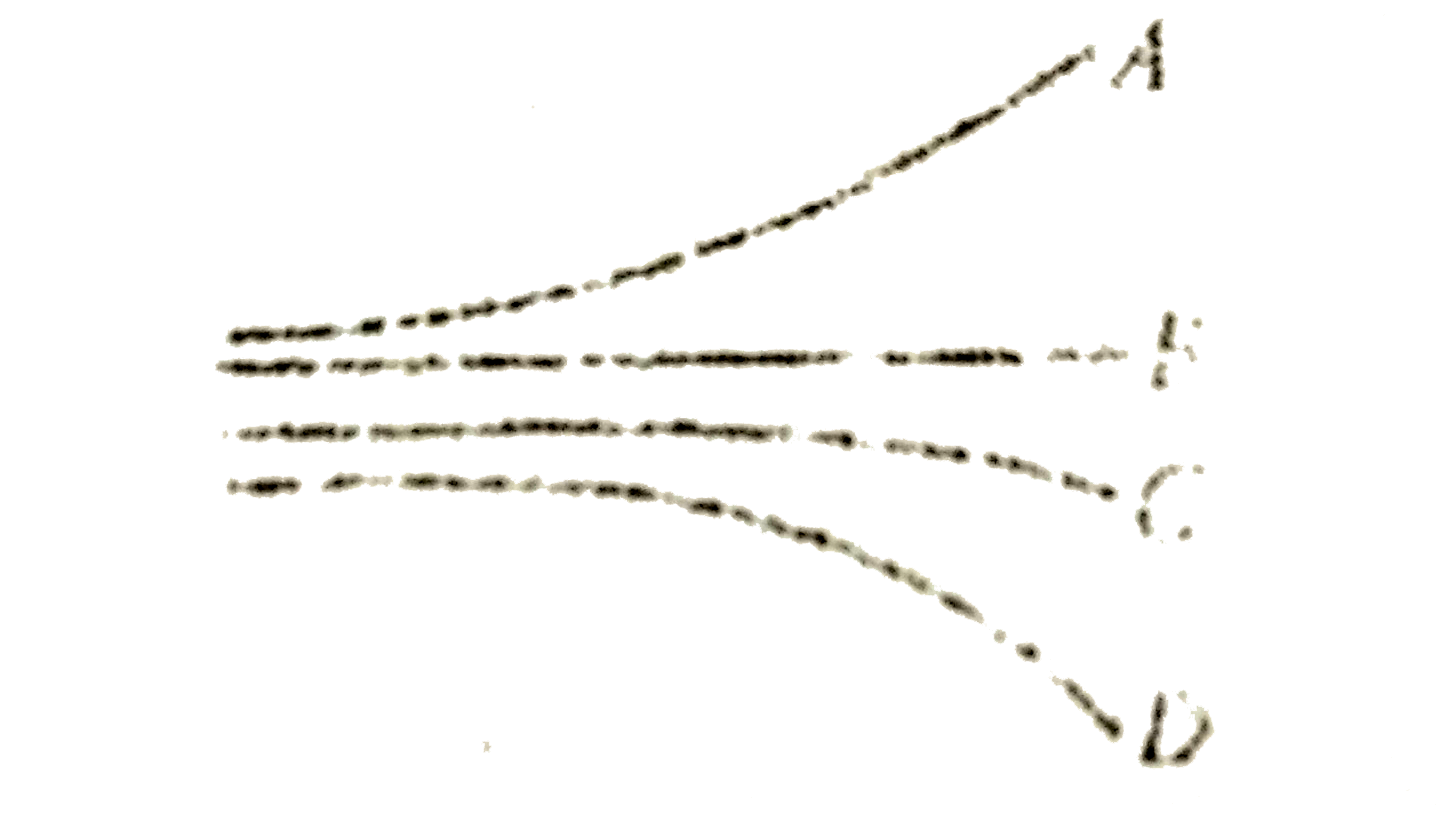 View Solution
View SolutionWhich of the following are correct for inner mitochondrial membrane?
I. The electron transfer and ATP synthesising system are present in inner mitochondrial membrane.
II. It bears small granules called oxysomes.
III. It contains protein called porins.
IV. it contains less than 10% of the total protein of mitochondria.View SolutionDuring the electron transport in mitochondria which of the following changes are observed .
(1) The pH of the matrix increases.
(2) ATP synthase synthesizes one molecule of ATP when a pair of the proton is transferred back to the matrix.
(3) NAD+ is oxidised.View Solution

